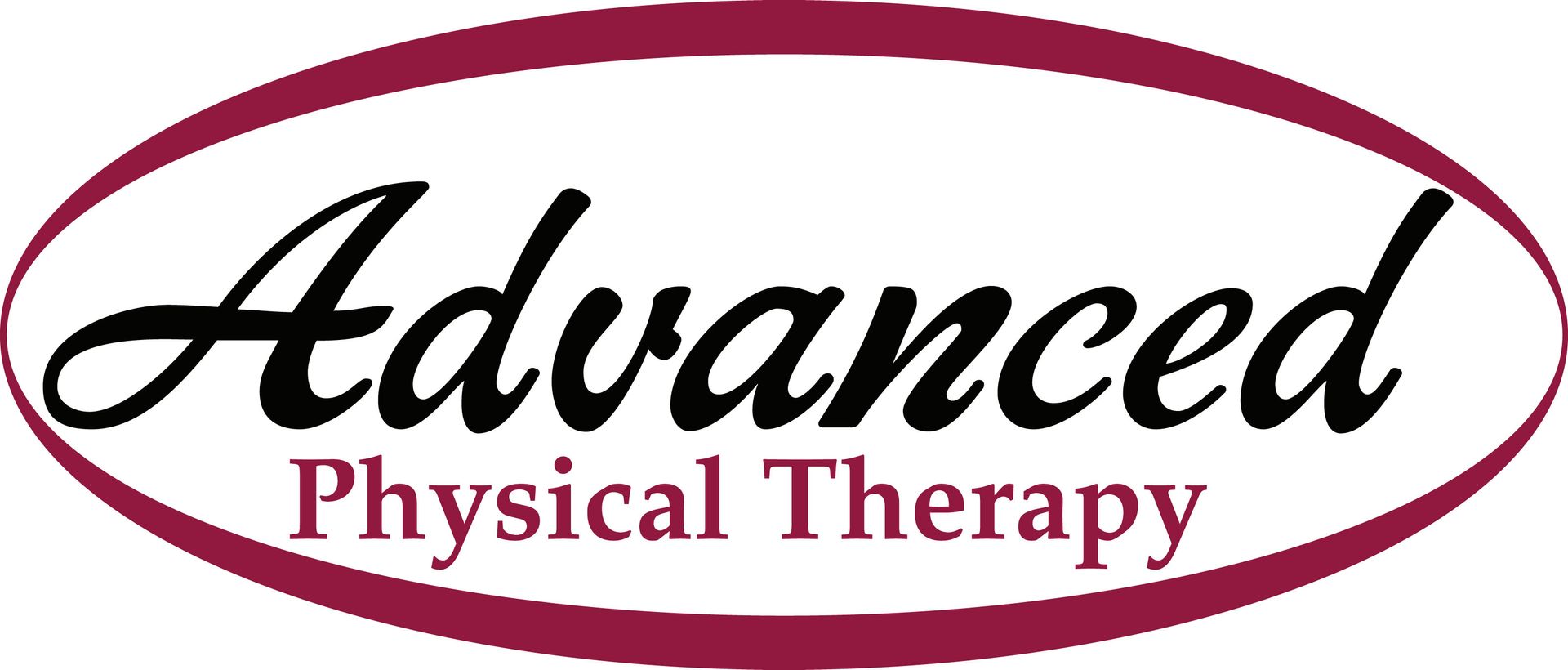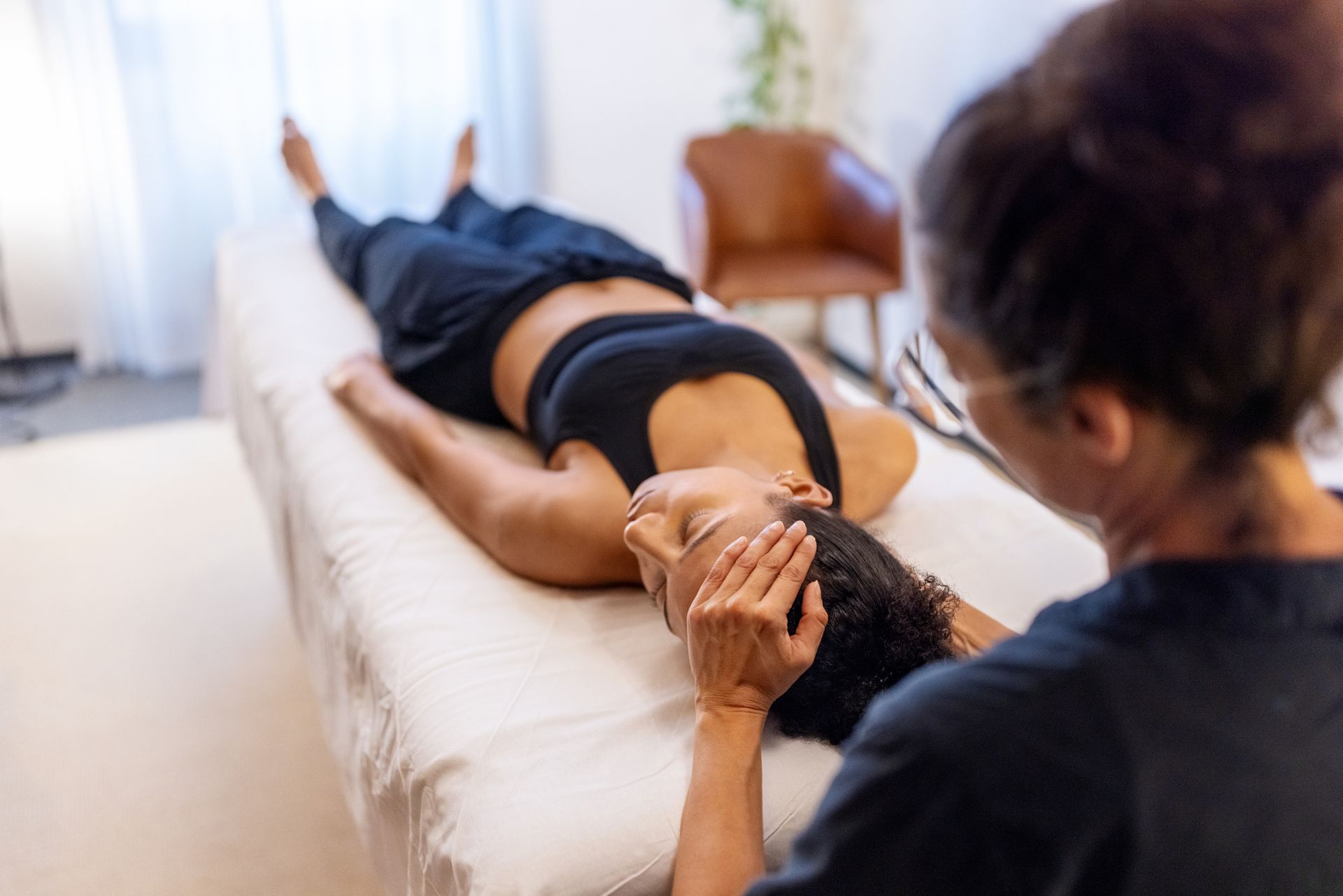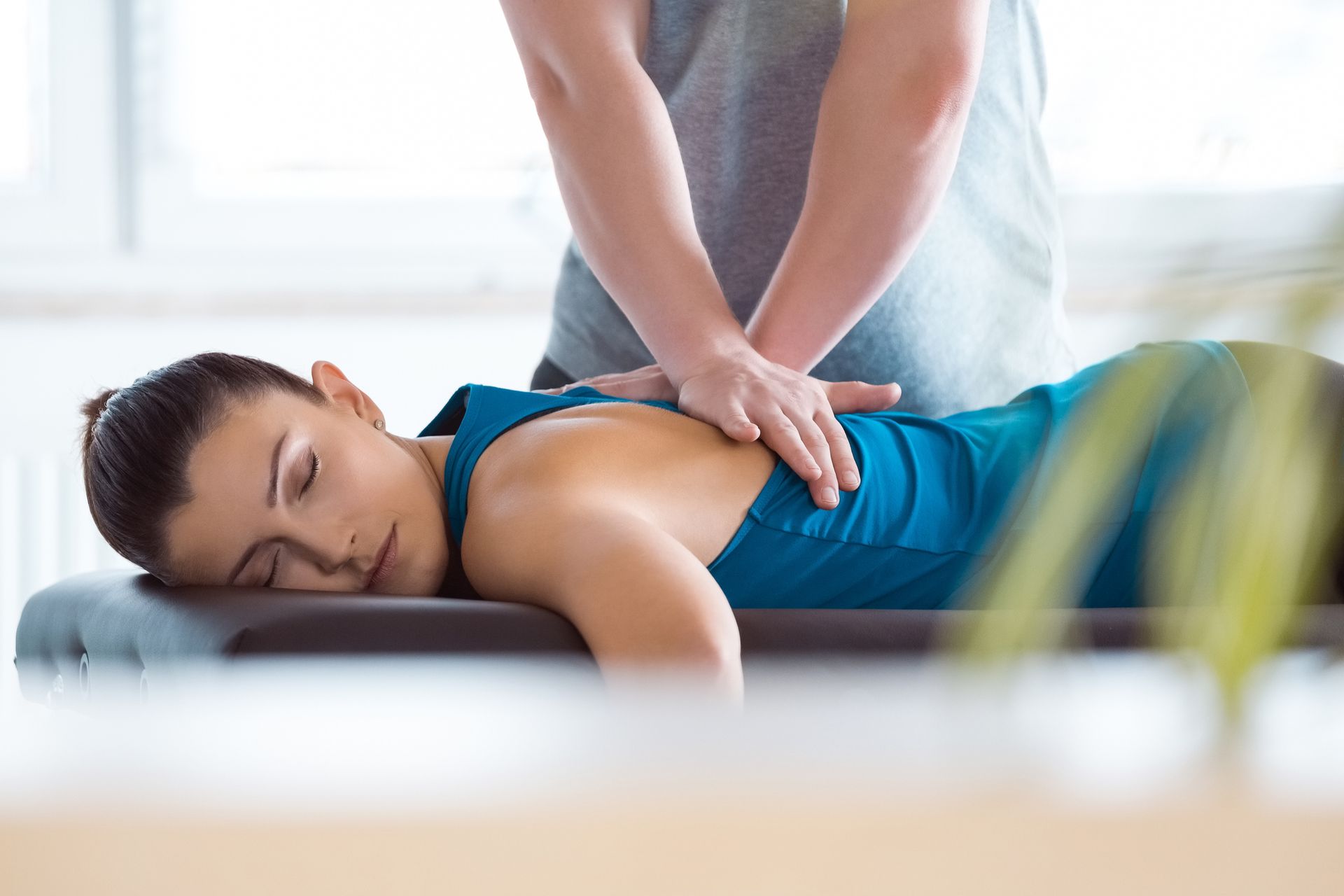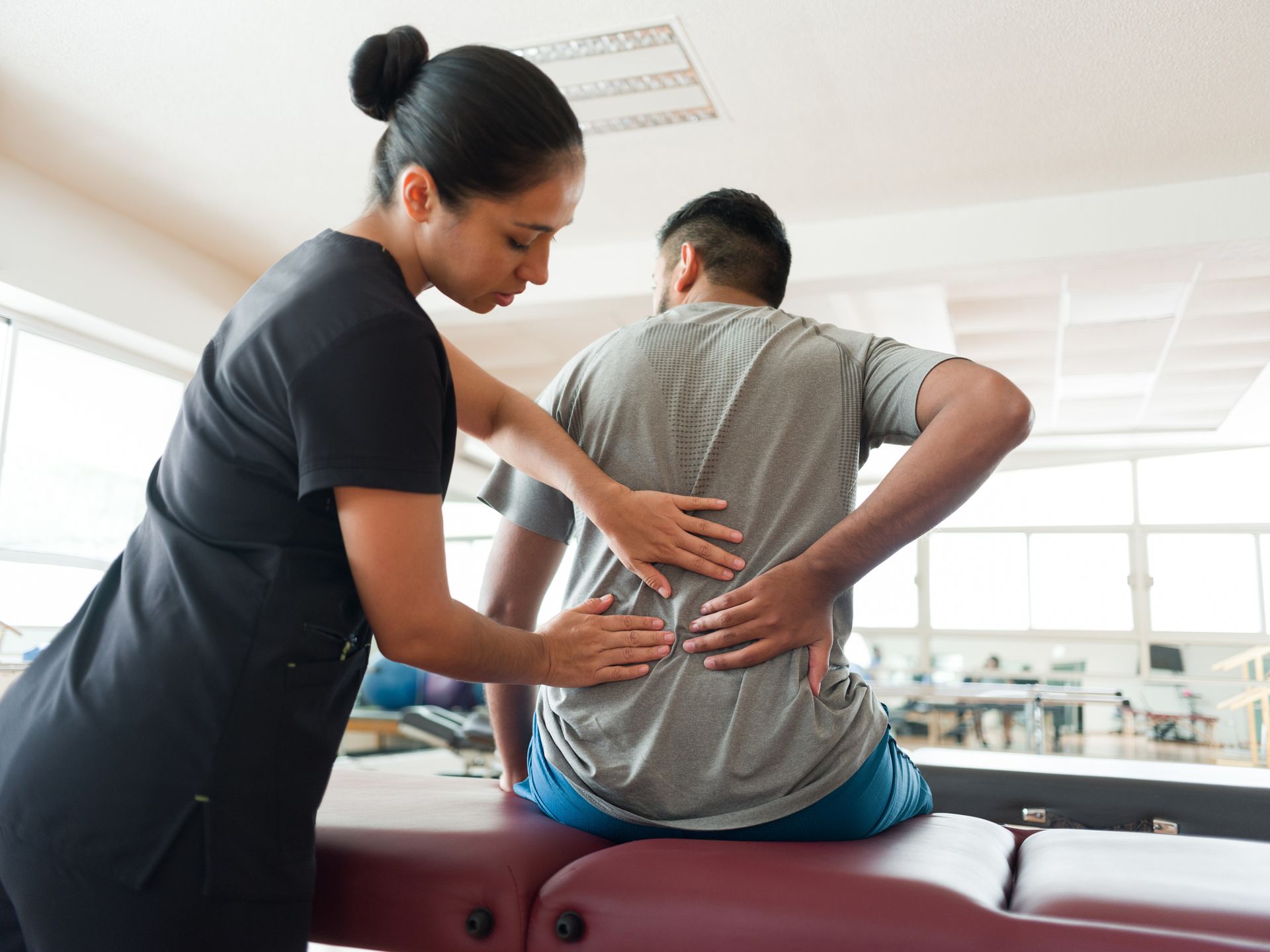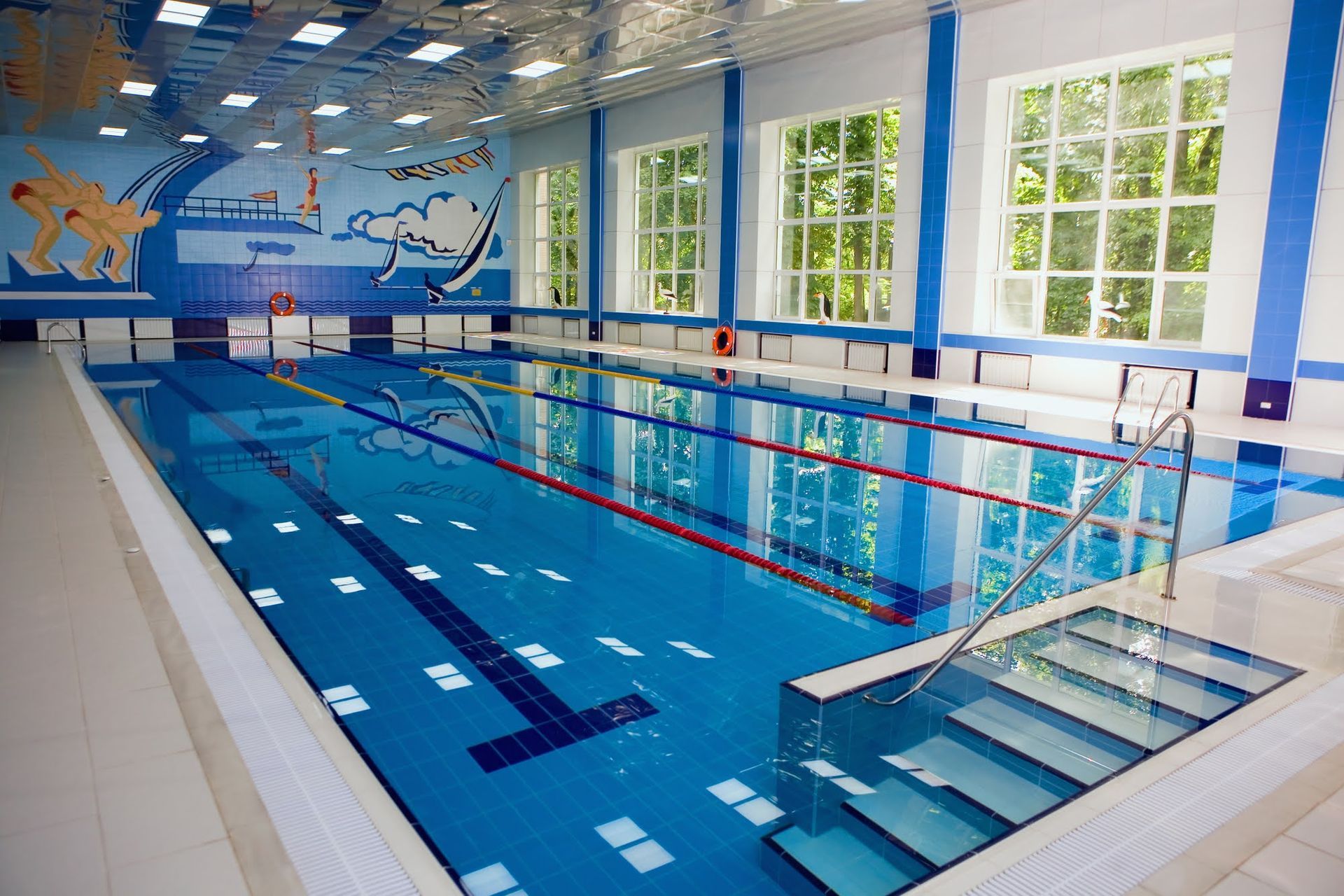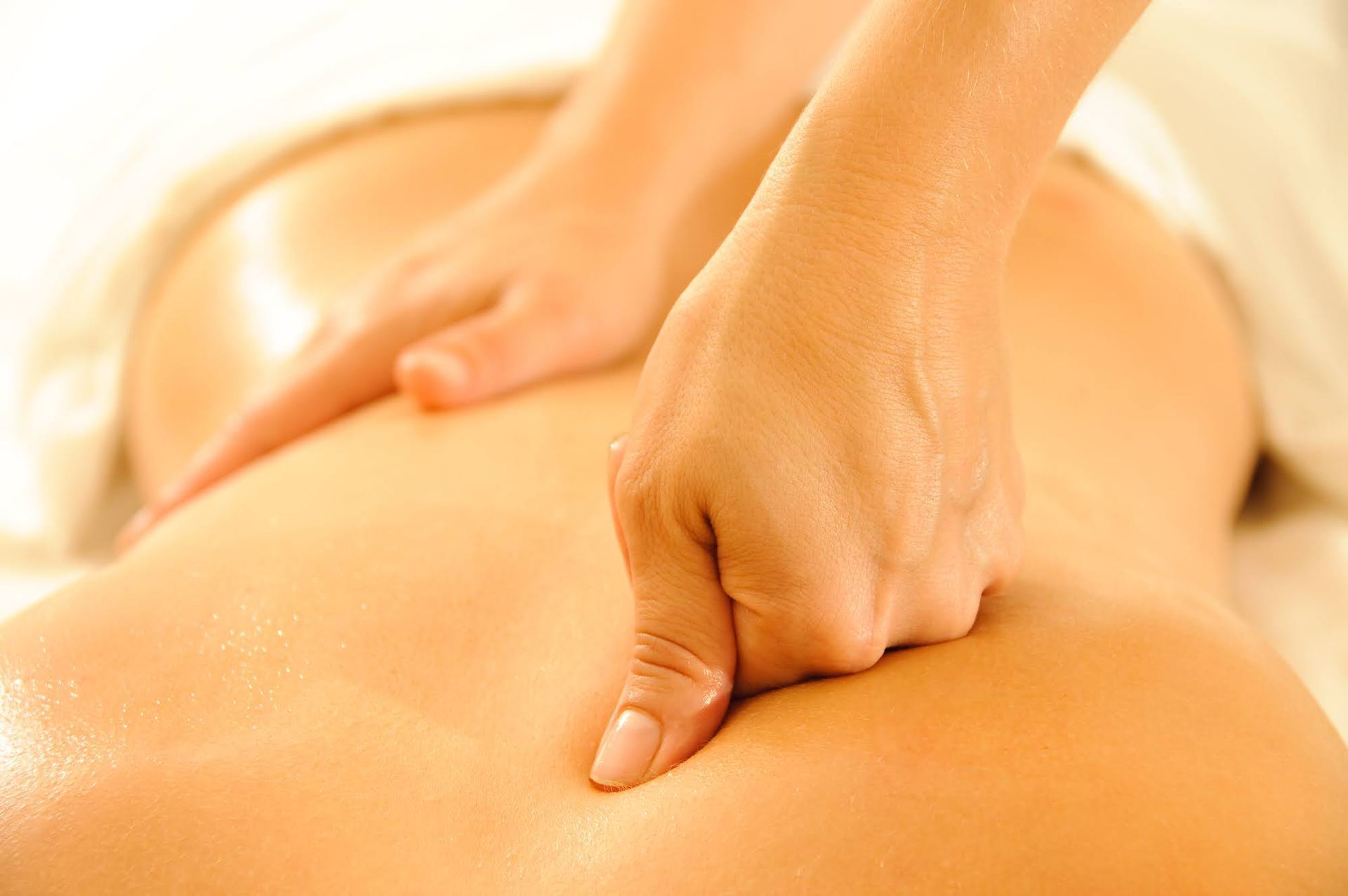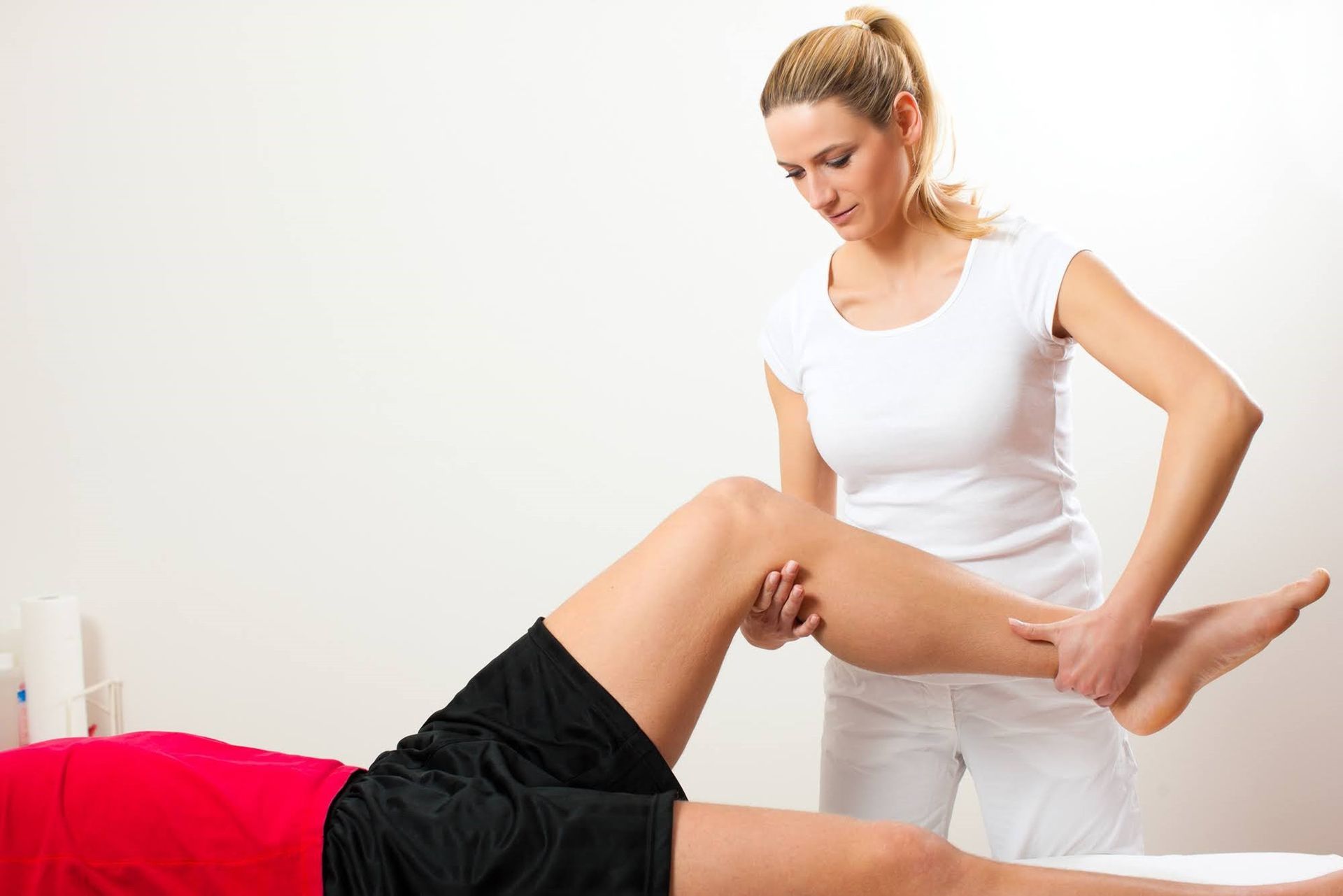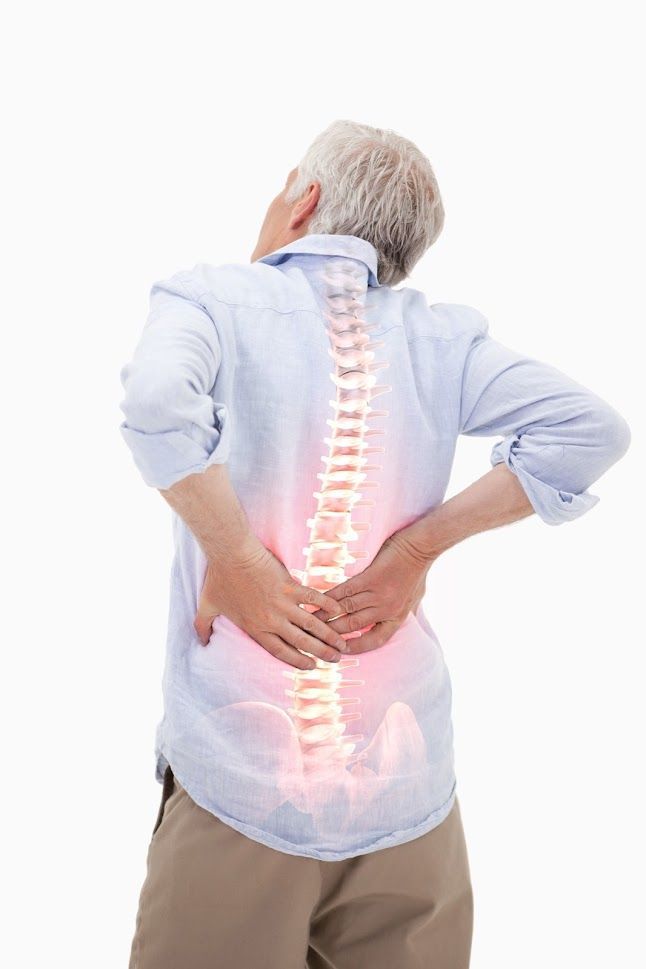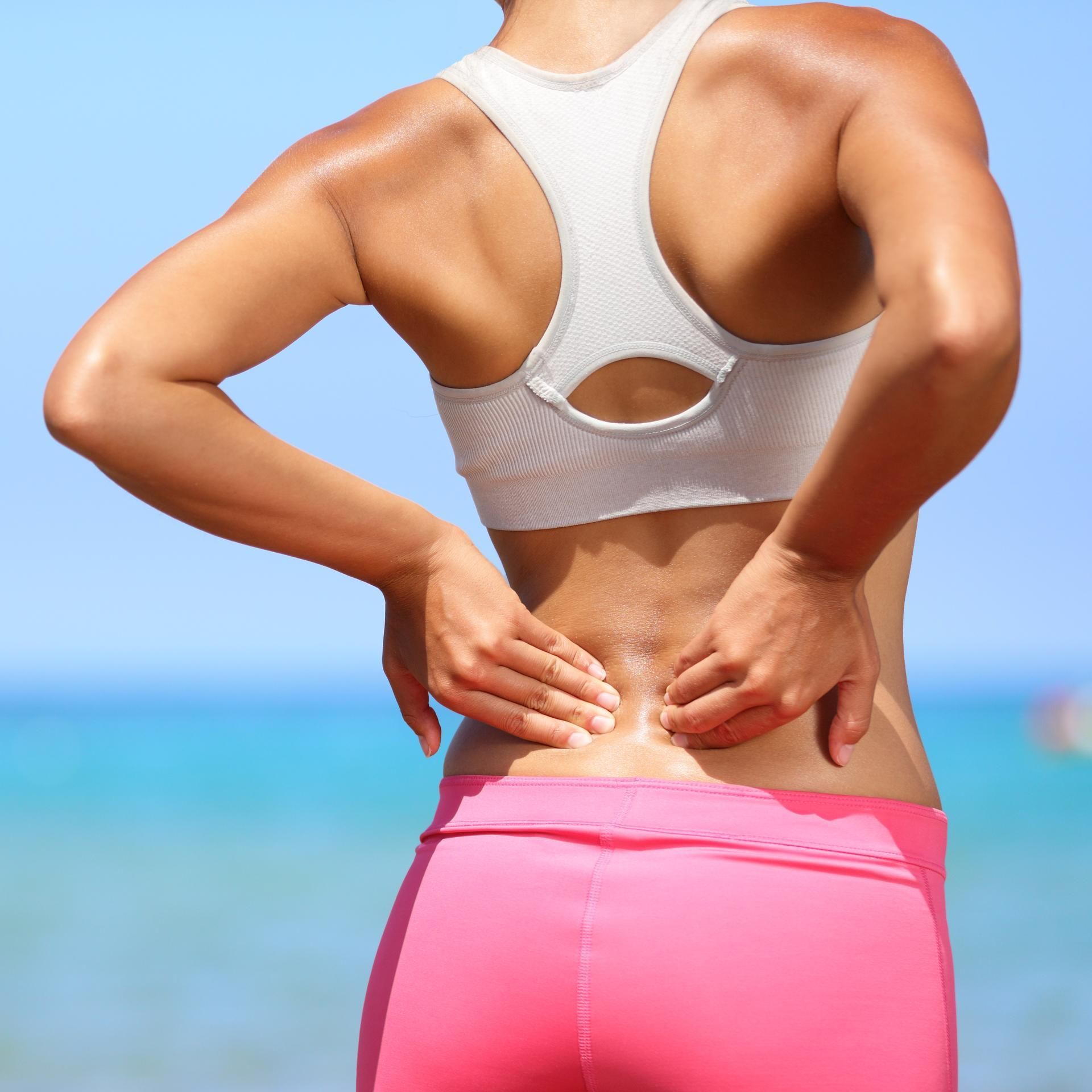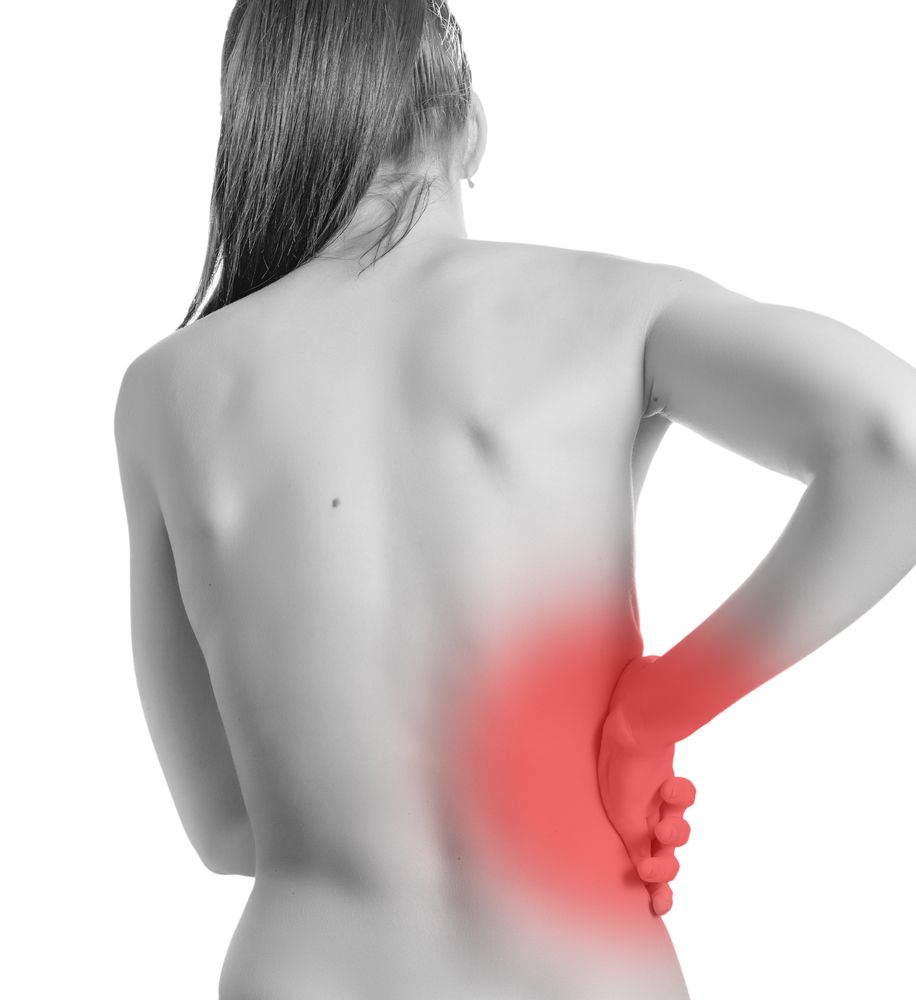What You Should Know About Cupping
Admin • June 17, 2020
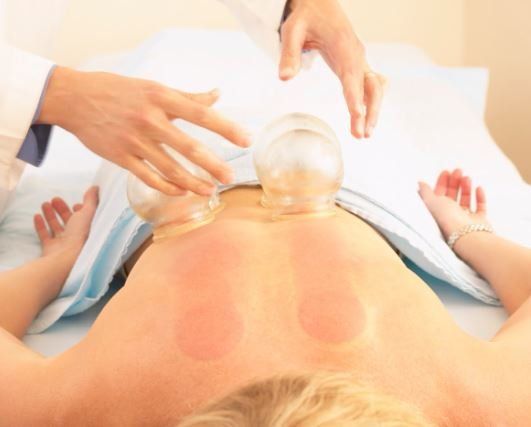
Many modalities used by today's physical therapists have their basis in ancient medicine. One such time-tested practice, cupping, involves the application of heated cups to the skin. The vacuum pressure caused by the heat pulls on the skin, increasing circulation while also loosening tight, painful soft tissues.
If you have heard about cupping but don't know much about this form of physical therapy, a basic understanding of this modality might compel you to seek out its healing benefits for the treatment of your own health challenges. Take a look at some key points about cupping.
Where Cupping Comes From
Cupping as a healing technique appears to date back to ancient China as the invention of a healer named Ge Hong. According to traditional beliefs, pain or illness occurred when the body's flow of qi (life energy) experienced obstruction or stagnation. Ge Hong used cupping as a means of restoring healthy qi flow.
Why Physical Therapists Administer Cupping
Today's therapists employ cupping for its apparent ability to reduce pain and support the body's natural healing processes. The suction effect on the tissues can act as a muscle relaxant and undo painful muscle knots. The motion of the cup along the body conveys a soothing, massage-like effect to soft tissues.
Cupping aids both blood flow and lymphatic drainage. As you may have noticed from the red, round spots visible on athletes (and cupping enthusiasts) such as Michael Phelps, the suction from the cups pulls blood toward the skin surface. At the same time, it can get rid of stagnation in your lymphatic system.
Physical therapists use cupping primarily to achieve myofascial decompression, which eases restrictions that have developed between layers of skin, muscle, and tissue called fascia. In some cases, cupping can even help patients with issues such as digestive disorders, respiratory problems, and skin complaints.
What to Expect From a Cupping Session
Cupping therapy consists of two primary styles. If you undergo dry cupping therapy, the therapist will simply place small glass cups on your skin at various points before applying heat to the cups. The therapist may move the cups gradually across your body or leave them in place for approximately five minutes.
If you undergo wet cupping therapy, the therapist will make a tiny cut in the skin before applying the cup over the cut. This extra step causes the suction from the cup to draw a small amount of blood, thus helping to extract toxins. The cups don't stay on the body in wet cupping as long as they do in dry cupping.
Cupping can produce some minor side effects, none of which should present you with any serious problems. The vacuum pressure will likely leave you with reddened marks which may produce temporary discomfort. Mild sweating, dizziness, or nausea may also occur. Rarer issues include skin bruising or scarring.
As in any other form of physical therapy, a thorough preliminary evaluation will determine whether your condition can benefit from cupping and whether you make a suitable candidate for the procedure. Pregnant women, individuals with recent skin damage, and those taking blood thinners may require other forms of care.
How Cupping Works With Other Forms of Physical Therapy
Cupping makes a natural complement to other physical therapy techniques. For instance, cupping boosts blood flow, which enhances the same benefit in massage therapy. Cupping’s upward-pulling effects make an effective contrast to the firm downward pressure employed in deep tissue massage.
You may also discover that cupping helps you make more use of any corrective or rehabilitative exercises included in your physical therapy program. Although you might need to rest right after a cupping session, your newly-relaxed muscles should enjoy a more comfortable range of motion during workouts.
Advanced Physical Therapy can evaluate your current health issues and tell you whether cupping makes sense as part of your personalized physical therapy program. Contact us
today for details.

